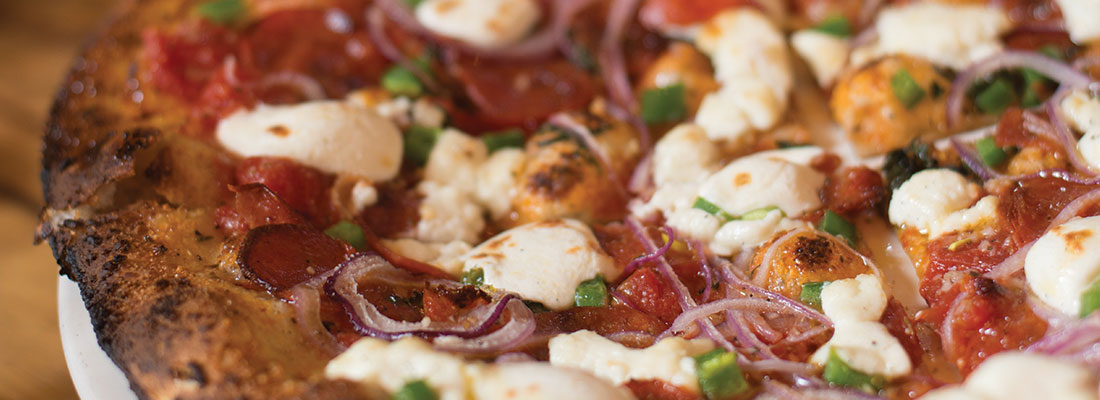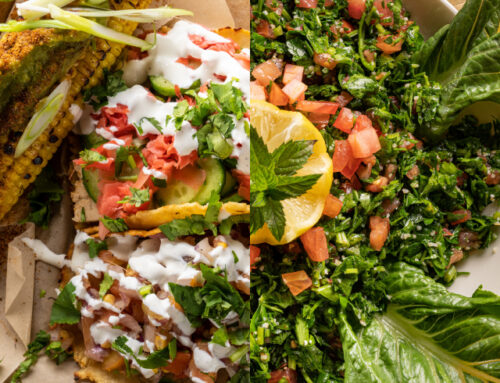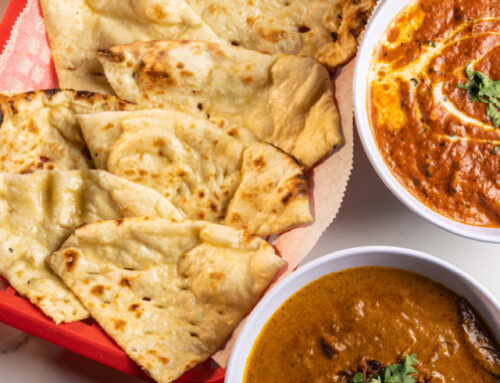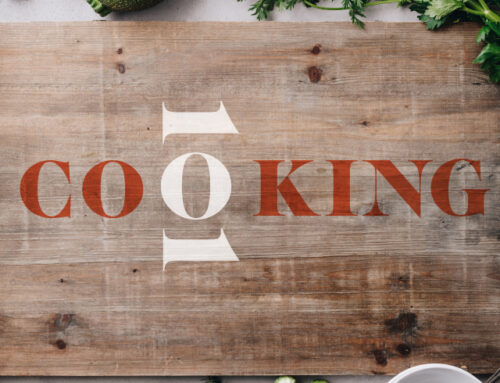Pizza in the Lehigh Valley
by Ann Wlazelek

Ah, pizza, how do I love thee?
Let me count the ways: hot, cold, reheated; breakfast, lunch, dinner; round, rectangular; extra cheese, no cheese; thin, thick, stuffed; baked, grilled, microwaved; in a pan, on a rack or a stone; with pepperoni, sausage, ham, veggies, pineapple, chocolate … You get the idea. Ask a dozen friends how they like their pizza and you will hear a dozen or more answers.
Pizza, after all, has become an American staple with every person eating an estimated 45 slices a year and the Italian specialty accounting for 10 percent of all food service sales. That’s five billion pizzas sold worldwide each year; three billion in the United States.
I knew my marriage was made in heaven when I discovered that my husband loved the crust as much as I loved the cheese. But, whether you and your friends and family like your pie plain or loaded with toppings; red or white (with sauce or without); and on thin, stuffed or thick, Sicilian-style dough, you are in luck in the Lehigh Valley.
More than 200 pizza shops are listed in the yellow pages of the latest Lehigh Valley Yellowbook, and that doesn’t include all the Pizza Hut chain stores, now in 90 countries. All claim to cook up a variety of creations to please the pizza palate.
Let’s start with the crust. While surveys suggest that 61 percent of Americans prefer a thin, crisp crust, local pizza eateries offer every thickness, from extra-thin and hand-tossed to deep-dish and the inch-high Sicilian-style. Some also provide gluten-free crust.
“One customer asked for it,” Penn Pizza and Restaurant owner Jerry Coppola said of the gluten-free pie shells. “I decided a lot of people are requesting it” because of allergies to the protein found in wheat and other grains. Coppola buys the shells, cutters and trays to bake them on from an out-of-state distributor to avoid cross-contamination with flour-based pizza doughs he makes in the shop. The premade shells cost a bit more, he said, but provide convenience for the customer.
Now, four years later, Penn Pizza is known for its gluten-free pies, which represent about 15 percent of pizza sold, the owner said.
When making a pizza, the next step is the sauce. Local pizza chefs use both canned and fresh tomatoes to make their sauce, combining them with spices, such as salt and sugar, while still cold. The sauce is spread on the crust with the back of a ladle in a circular motion and cooked with the rest of the pie.
For some pizza patrons, the bread base and tangy sauce are sufficient. This is called tomato pie or tomato bread.
Then, there is a no-tomato-sauce pizza, referred to as a “white” pizza. It often includes broccoli or other vegetables.
Cheese is the next layer on a pie, and pizza chefs in the area use primarily mozzarella, rather than a blend of cheeses. Those interviewed vary, however, on the kind of mozzarella they believe is best. At Mama’s Italian Grill in Breinigsville, owner Giuseppe DiFiore uses whole-milk mozzarella. “It’s the best on the market,” he said.
Lehigh Pizza in Bethlehem, on the other hand, uses part-skim milk mozzarella. “It is not as greasy as whole milk,” owner George Lioudis explained. “Our flavor comes more from the sauce than from the fattiness of the cheese.”
And Sal’s Pizza in South Whitehall Township mixes the two. “Whole milk makes the cheese a little too thick and rich,” Chef John Anselmo said. “By mixing in some part-skim, it binds better for
better taste.”
For many, cheese is the only topping needed. Yet for more adventurous aficionados, there is a plethora of options. Meat lovers can choose from pepperoni, sausage, meatballs, bacon, chicken, ham, even pulled, barbecued pork. A small percentage asks for anchovies.
Vegetable lovers can find mushrooms, olives, hot peppers, sweet peppers and even a new variety called “yummy” peppers. Sal’s makes a “yummy pizza” with the brand-name peppers. The shop also makes Sal’s special, topped with pepperoni, little meatballs, green peppers, onions and mushrooms. “It’s a garbage pie,” John’s father Sal Anselmo said, using insider jargon for a pizza with nearly every topping thrown on top. The elder Anselmo, who got his start in the business in New York City, agreed, though, that his special uses only customer top favorites, not everything he’s got.
In addition to pulled, barbecued pork as an unusual topping, Lehigh Pizza makes one with artichokes and another with a pesto made almost entirely of basil and olive oil. “I like artichokes,” owner Lioudis said about his creation. Other top sellers at the shop, which has been in his family for almost 40 years, are “buffalo chicken” and margherita, which features high-end plum tomatoes, garlic, basil, olive oil and fresh mozzarella. His ideas come primarily from trade shows.
If anyone finds the diversity still lacking, or for one reason or another wants to try making a pizza at home, chefs here and on TV offer the following tips:
Crust: “It’s not easy to make,” DiFiore said, having “earned his degree” 30 years ago at New York’s famous prize fighter Rocky Graciano’s pizza joint. When using yeast, he said, the water must be room temperature.
“If it’s too cold, it’s no good; if it’s too hot, it’s no good” for the dough to rise.
Many recipes for pizza dough can be found on the Internet, in cookbooks or on TV, but those intimidated by the mixing, rising, punching and other steps might consider buying some premade dough from a pizza shop or grocery store. That was the recommendation from celebrity chefs on TV’s The Chew, which dedicated an entire show to pizza this year.
Sunny Anderson, a Food Network cook and frequent guest on the Rachael Ray Show, even showed viewers a two-ingredient, diet-friendly recipe for those who cannot or choose not to eat pizza dough made from flour and yeast. Believe it or not, cauliflower that’s cooked and squeezed in a cheesecloth to remove all the liquid can be mixed with an egg to create a dough that, when baked with pizza toppings, can be nutritious as well as delicious, she said.
Sauce: All recommended using high-quality tomatoes, canned or fresh, and removing seeds. The Anselmos use four varieties of tomatoes to get the taste they want. Many area chefs add a touch of sugar and salt, if not other spices, before baking.
Cheese: Shred the mozzarella, area pizza makers said, but if the cheese is a bit too soft, put it in the freezer for a short time to harden it up first. Home cooks might experiment with a mix of other cheeses too, such as parmesan, cheddar, even white American.
Baking: Can be done in a regular oven, brick oven, wood-burning oven, even on a stovetop, grill or in the microwave. Local pizza chefs recommend high heat of 500-650 degrees, and even pre-heated pizza stones that help bake the pie and its ingredients more evenly and thoroughly.
Toppings, of course, are up to the chef!
As seen in the Winter/Spring 2015 Issue
Click to Visit Our Advertisers




